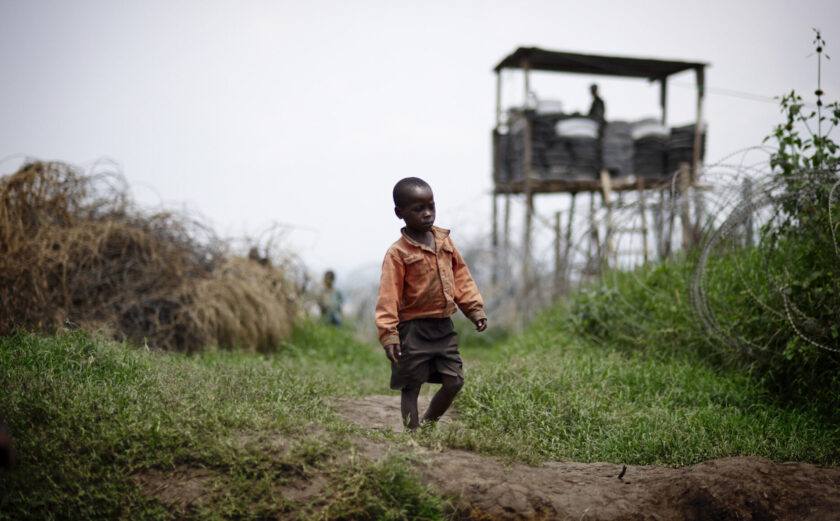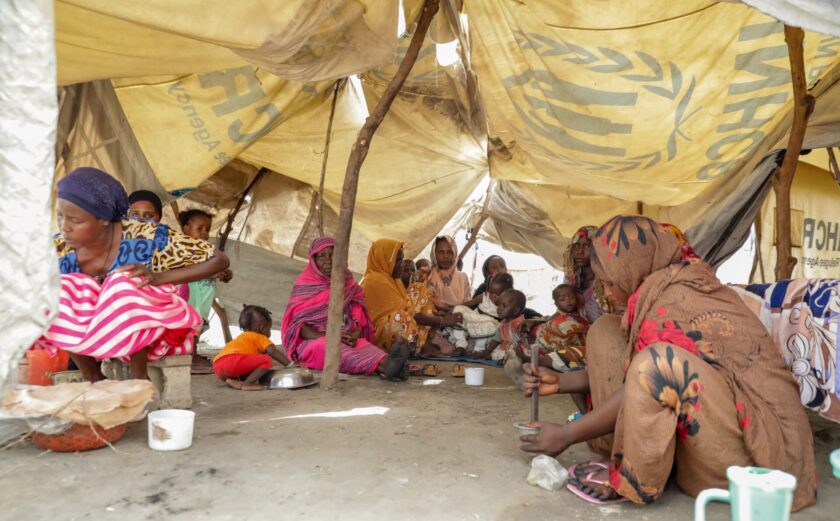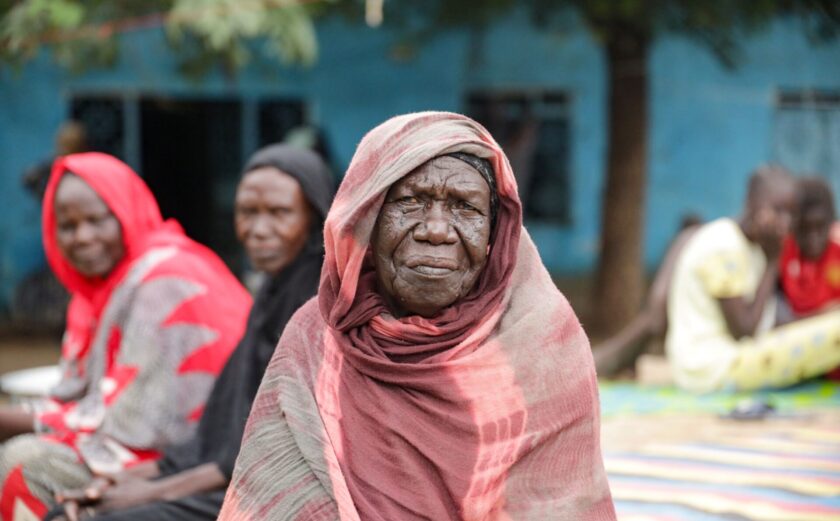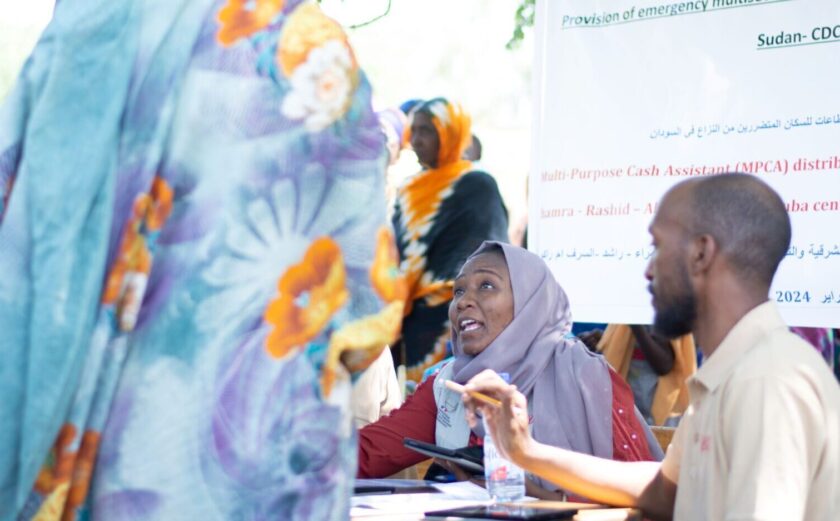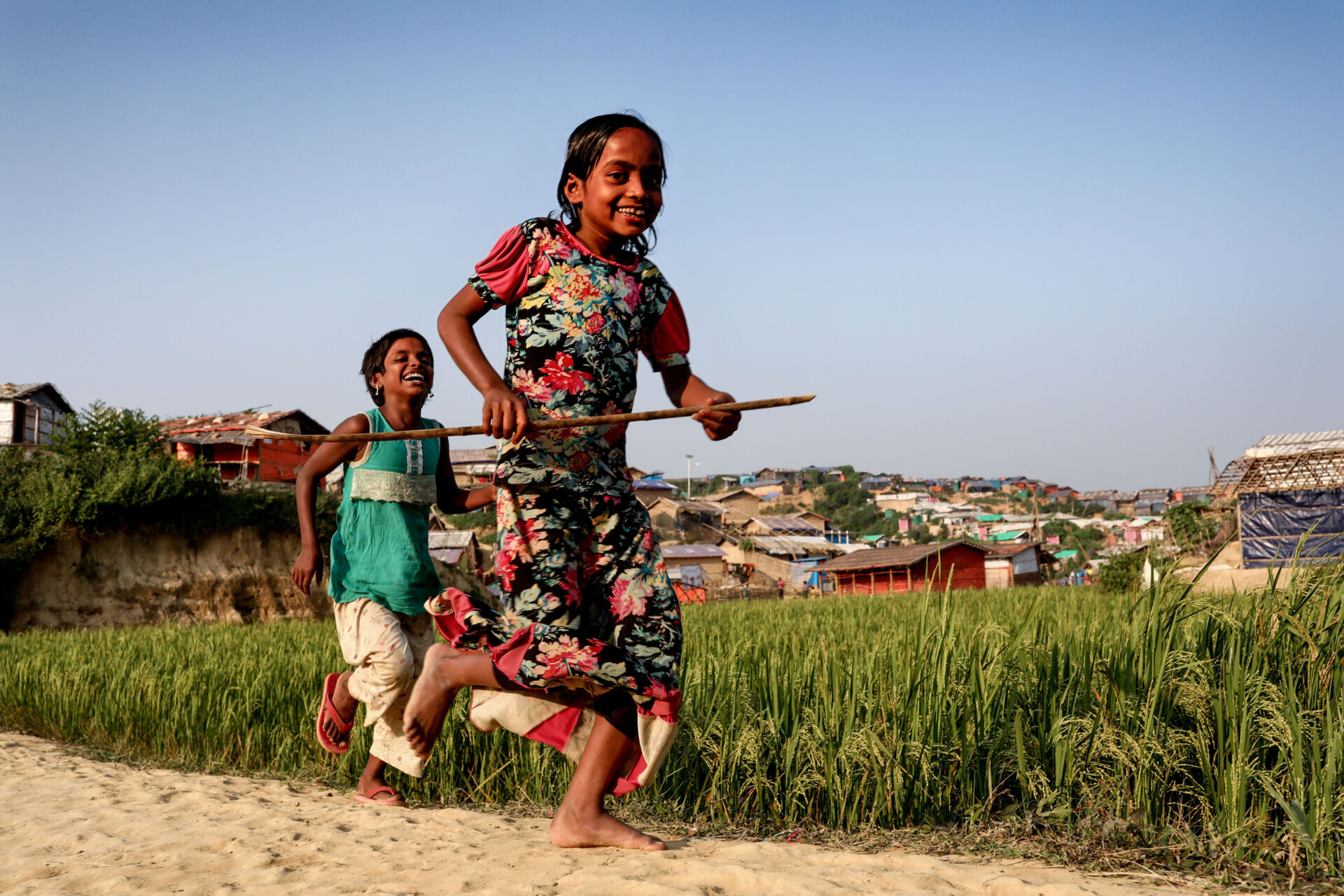
Refugees Through the Eyes of American Third Graders
This year, the third graders at Collegiate School in New York City have been learning about immigration.
They began by looking at the Dutch colonization of New Amsterdam—which we now call New York City—in the 17th century, followed by the forced migration of enslaved Africans into New Amsterdam. The students then moved forward in history to compare and contrast the experiences of 20th-century European immigrants through Ellis Island on the East Coast with the experiences of late 19th- and early 20th-century Asian immigrants through Angel Island on the West Coast.
All of that historical work led to an examination of modern immigration, focusing on the stories of children. The students found that many of the reasons that people have migrated throughout history are the same reasons that people migrate today. They honed in on the stories of refugee children who faced horrific violence and danger, and whose families were forced to leave not only their homes but also their countries. While many of the stories they learned and read about seemed quite different from their own lives, some aspects of the refugee children’s stories resonated with the students, such as feeling attached to a stuffed animal or pet, missing family members who were far away, or being nervous about making new friends.
The students immediately recognized the challenges that the children faced as well as their strength and resilience. I was amazed by their eloquence and empathy as they learned the stories of refugee children from around the world. They were moved by what they learned
and talked about messages that they wished to send to refugees as well as what they wanted other people knew about refugees.
Their conversations led us to consider ways that their ideas, hopes, and messages could be shared with a wider audience.
Each student created a piece of art to convey a message for or about refugees that they wished to share. Some students thought about the role of social media to galvanize social movements and created a hashtag or slogan to create greater awareness of the plight many refugees face.
Finally, some students wrote a paragraph to explain in more detail the message that they hoped to spread. Their messages are ones of hope, welcoming, and kindness. Reading their messages and seeing their work fills our hearts with hope for our future.
It is my hope that their work provides the same joy for you.
Caryn Schorr is a third-grade teacher at Collegiate School in New York City. She believes that helping students develop emotional intelligence and empathy for the world around them is an integral part of a good education.
